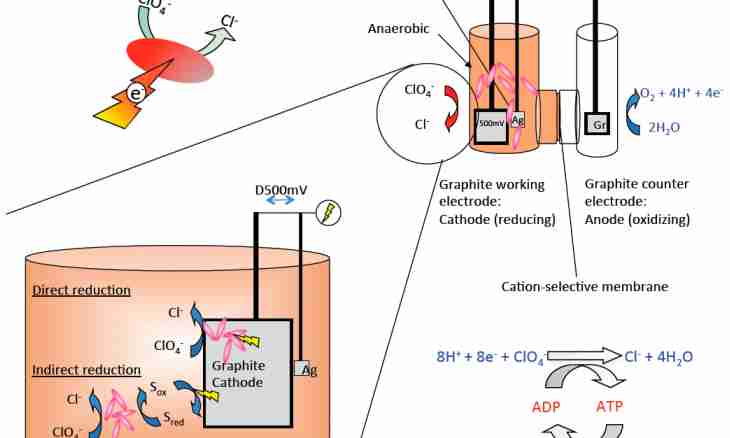Chemical reaction is the process of transformation of substances proceeding with change of their structure. Those substances which react are called initial, and those which are formed as a result of this process – products. Happens so that during chemical reaction the elements which are a part of initial substances change the oxidation level. That is they can accept others electrons and give the. In either case their charge changes. Such reactions are called oxidation-reduction.
Instruction
1. Write down the exact equation of chemical reaction which you consider. Look what elements are a part of initial substances, and what oxidation levels of these elements. After that compare these indicators to oxidation levels of the same elements in the right part of reaction.
2. If oxidation level changed, this reaction is oxidation-reduction. If oxidation levels of all elements remained the same – no.
3. Here, for example, widely known high-quality reaction of detection SO4 sulfate ion ^2-. It the point is that sulfate salt of barium which has formula BaSO4 is almost insoluble in water. At education it instantly drops out in the form of a dense heavy white deposit. Write down any equation of similar reaction, for example, of BaCl2 + Na2SO4 = BaSO4 + 2NaCl.
4. So, from reaction you see that except a deposit of sulfate of barium sodium chloride was formed. Whether this reaction is oxidation-reduction? No, is not as any element which is a part of initial substances did not change the oxidation level. Both in left, and in the right part of the chemical equation the oxidation level +2, chlorine-1, sodium +1, sulfur +6, oxygen-2 has barium.
5. And here reaction of Zn + 2HCl = ZnCl2 + H2. Whether it is oxidation-reduction? Elements of initial substances: zinc (Zn), hydrogen (H) and chlorine (Cl). Look what their oxidation levels? At zinc it is equal 0 as in any simple substance, at hydrogen +1, at chlorine-1. And what oxidation levels of the same elements in the right part of reaction? It remained with chlorine invariable, that is equal-1. But at zinc became equal +2, and at hydrogen - 0 (as hydrogen was emitted in the form of simple substance - gas). Therefore, this reaction is oxidation-reduction.

